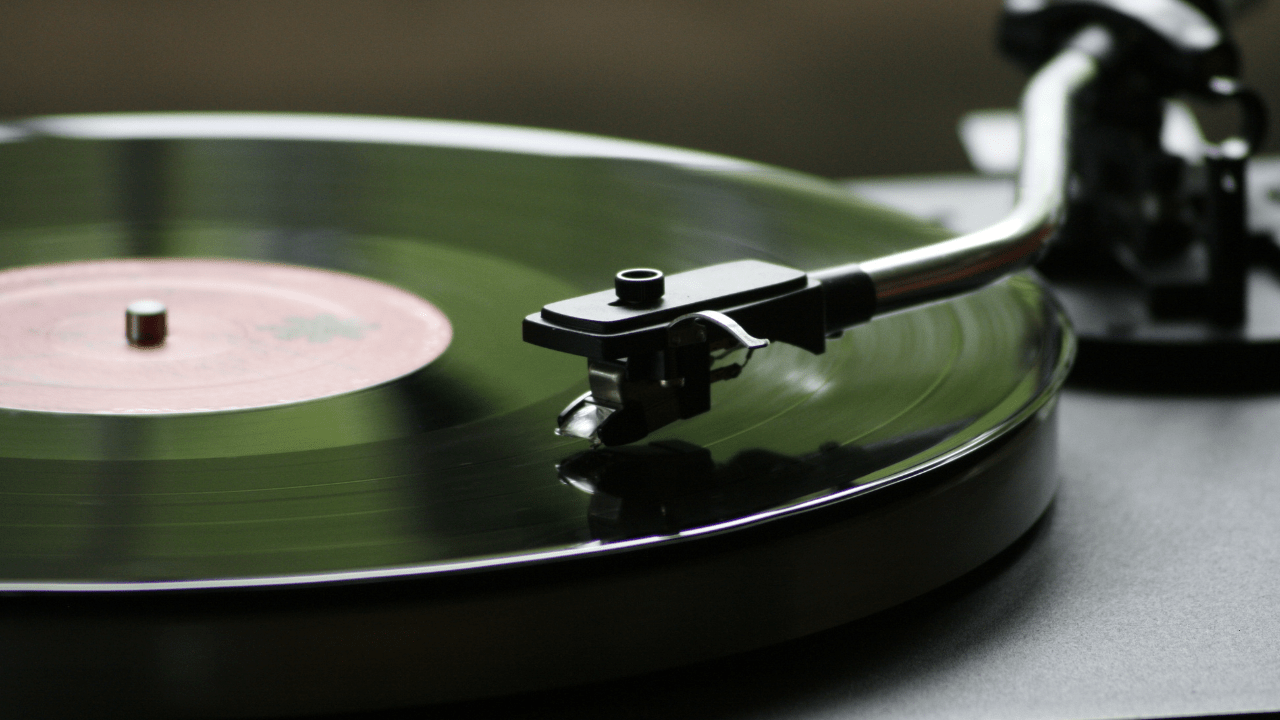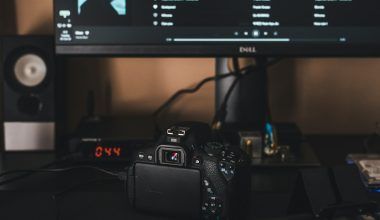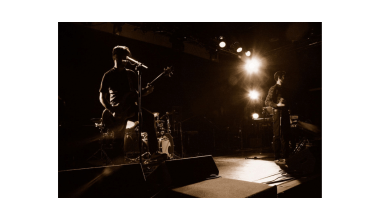In the music industry, record label distribution plays a pivotal role in ensuring that artists’ music reaches listeners around the globe. Whether you’re an independent artist, a budding record label owner, or a seasoned professional, understanding the ins and outs of record label distribution can set you on a path to success.
In this guide, we’ll break down what record label distribution entails, explore its various models, and offer actionable advice to help you navigate this essential aspect of the music business.
What is Record Label Distribution?
Record label distribution refers to the process of getting music from the artist or label to the audience. This involves distributing physical copies like vinyl or CDs, as well as digital formats through streaming platforms and online stores.
A record label’s success often hinges on its distribution strategy. An effective record label distribution model ensures that your music is easily accessible, whether through Spotify, Apple Music, Beatport, or physical retailers like record stores.
The Role of Distribution Companies in the Music Industry
Distribution companies serve as the bridge between record labels and retailers or streaming platforms. They manage the logistics of music distribution, ensuring it is delivered to the right places at the right times.
Types of Record Label Distribution Models
Understanding the different types of record label distribution can help you decide which model best fits your needs.
1. Physical Distribution
In the past, physical distribution was the primary way music reached audiences. Although digital music now dominates, physical formats like vinyl and CDs still hold value for collectors and niche audiences.
Benefits of Physical Distribution:
- Tangible products build fan loyalty.
- Vinyl records offer a premium listening experience.
2. Digital Distribution
Digital distribution involves placing music on streaming platforms like Spotify, Apple Music, and Beatport. This method has transformed the music industry by making it easier for artists to reach global audiences.
Key Digital Distribution Platforms:
- Spotify
- Apple Music
- Amazon Music
- Beatport (specialized in electronic music)
3. Hybrid Distribution
Some labels use a hybrid model, combining physical and digital distribution to maximize reach. This strategy is particularly effective for labels with diverse audiences.
The Importance of Digital Distribution in Today’s Music Industry
Digital distribution is now the cornerstone of record label operations. With platforms like Spotify and YouTube hosting millions of songs, artists can reach listeners in ways that were unimaginable a few decades ago.
Why Digital Distribution Matters:
- Global Reach: Streaming platforms operate worldwide.
- Cost-Effective: No need to manufacture physical products.
- Data Insights: Platforms provide analytics to understand listener behavior.
How to Choose the Right Record Label Distribution Partner
Selecting the right distribution partner can make or break your success as a record label. Factors to consider include:
- Network Coverage: Does the distributor work with key platforms and retailers?
- Revenue Share: What percentage of revenue does the distributor take?
- Support Services: Do they offer marketing, playlist pitching, or analytics?
Top Distribution Companies for Record Labels
- The Orchard: Offers global reach and robust marketing tools.
- TuneCore: Best for independent artists and small labels.
- DistroKid: Affordable and user-friendly for emerging artists.
- Symphonic Distribution: Ideal for electronic and dance music labels.
Record Label Distribution Agreements
When working with a distributor, you’ll need a distribution agreement. This contract outlines the terms of your relationship, including:
- Revenue Splits: How profits are shared.
- Territory: Geographic regions covered by the agreement.
- Term Length: Duration of the contract.
Tips for Negotiating Distribution Agreements:
- Understand the Terms: Be clear on revenue splits and exclusivity clauses.
- Retain Control: Ensure you maintain creative control over your music.
- Seek Legal Advice: Have a lawyer review the contract.
Maximizing Success with Record Label Distribution
Effective record label distribution is more than just logistics. It’s about building connections with your audience and creating a sustainable business.
1. Build a Strong Online Presence
A compelling online presence helps attract distributors and fans. Use social media, a professional website, and music videos to showcase your brand.
2. Use Analytics to Improve
Platforms like Spotify for Artists provide data on who listens to your music and where they’re located. Use this information to refine your marketing strategies.
3. Leverage Playlists
Playlists are a powerful tool for exposure. Submit your songs to curated playlists on Spotify or Beatport to gain traction.
Challenges in Record Label Distribution
Despite its importance, record label distribution isn’t without challenges.
- Revenue Splits: Artists often feel distributors take too large a cut.
- Oversaturation: Millions of tracks are uploaded to platforms daily, making it hard to stand out.
- Piracy: Unauthorized sharing remains a concern.
The Future of Record Label Distribution
The music industry is constantly evolving, and so is record label distribution. Emerging technologies like blockchain and AI are expected to reshape how music is distributed.
Blockchain in Music Distribution
Blockchain technology offers a transparent way to manage royalties and contracts. Platforms like Audius are already using blockchain to empower artists.
AI in Music Marketing
AI tools can help predict listener preferences and optimize marketing efforts, making it easier for labels to connect with their audience.
Conclusion
Record label distribution is the backbone of the music industry, connecting artists with audiences and generating revenue. Whether you’re pursuing physical or digital distribution, success depends on choosing the right partners and using innovative strategies to stand out.
By understanding the principles of record label distribution and adapting to new trends, you can ensure your music reaches the right ears at the right time.
Related Articles:
For further reading, explore these related articles:
- The Complete Guide to Music Distribution: How to Share Your Music with the World
- Comprehensive Guide to JioSaavn Music Distribution for Independent Artists
- Mastering Video Distribution for Artists: A Comprehensive Guide
For additional resources on music marketing and distribution, visit Deliver My Tune.






